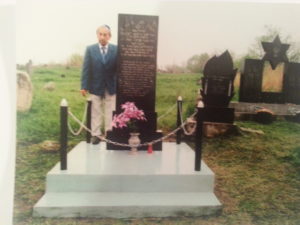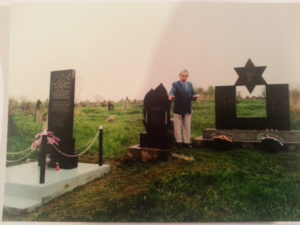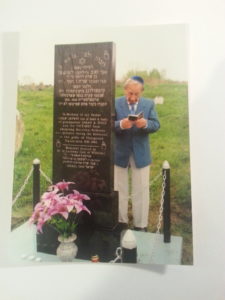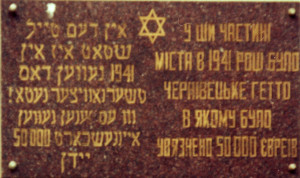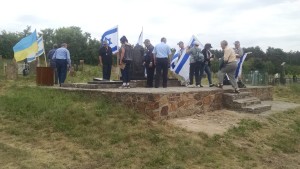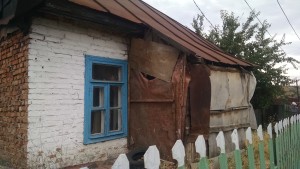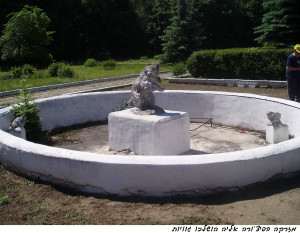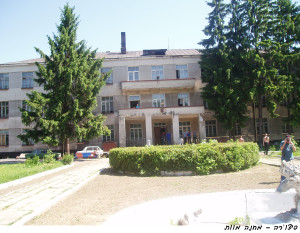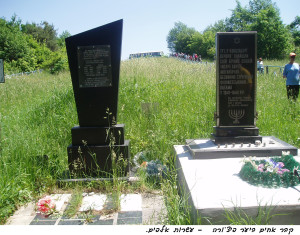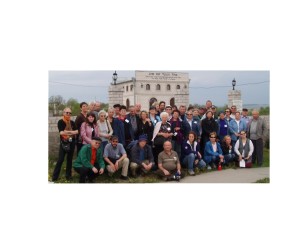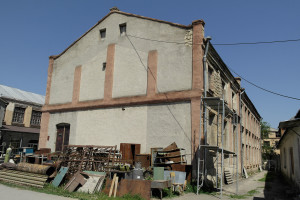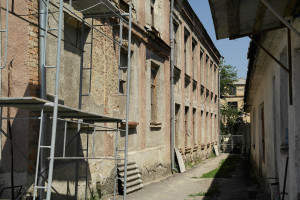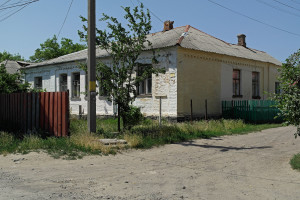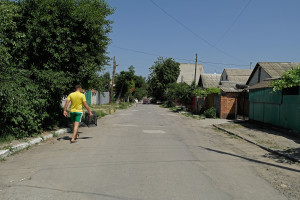Mrs. Sara Rosen has researched processes in Ghettos in Transnistria.
Her paper provided hereafter deal with the Djurin Ghetto and is provided here with her permission. Sara, thank you!
Ghetto Djurin in Transnistria through the lenses of Kunstadt Diary
Djurin is located about 45 kilometers northeast of the city of Mogilev, about 25 km south of Shargorod. Before the outbreak of the second WW, the local Jewish community numbered some 2,000 people. The Jews lived in very great poverty. Notably Rabbi Herschel Karalnik was the respected leader of Jews in the town.
At the outbreak of the war all men were drafted into the Red Army including the Jews. In town remained only the elderly, the sick, women and children, about 1,000 people. Date of occupation by the German and Romanian armies: July 22nd , 1941. From the fall of 1941, the Romanians ruled Djurin.
The first deportees arrived in Djurin in September 1941 from Bessarabia. They arrived after a long weeks of wondering from camp to camp. Those deported Jews were housed in the synagogue and most of them died shortly after arrival. From the end of October of that year to January 1942 hundreds of deportees, arrived in Djurin ghetto. Most of them were brought from Bucovina, and others north of Moldova (Dorohoi) .
Inspired by Rabi Karalnik, local Jews welcomed the deportees with open arms although the locals themselves were very poor. 8- 10 persons crowded in one room. The homes of local Jews were able to receive more than two-thirds of them and gave those blankets and household items. About 1,000 people did not have a place; they were housed in barns and warehouses.
This paper is focusing on the reality of the new life in which the Jews deported to Djurin ghetto found themselves, as Kunstadt wrote in his Diary. The paper describes the local Jews and the relationship between them and the deportees, as well as the non-Jewish environment outside the ghetto and the relationships forged with those outsiders. All of this as it emerges from this diary.
See in the link: Kunstadt – Sarah Rosen
